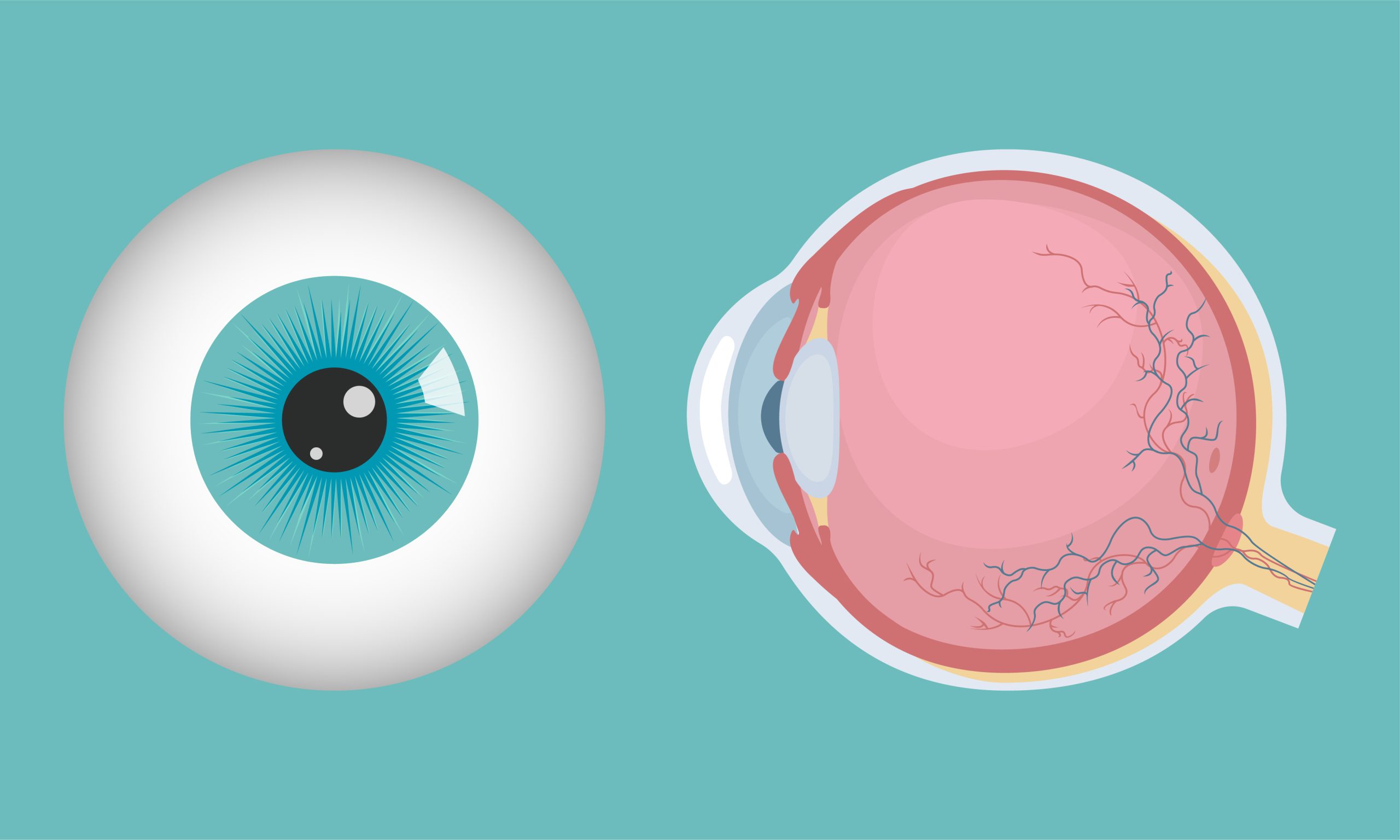Retinopathy is a disease of the retina, which is the thin layer of light-sensitive cells at the back of your eye. The retina is part of the inner eye that allows you to see.
Causes of Retinopathy
It can occur when blood vessels in your retina are damaged, causing them to leak fluid or blood into the area. This can lead to swelling, bleeding, and scarring in your retina. These changes can affect your vision and lead to severe vision loss if not treated.
Symptoms of Retinopathy
The retinopathy symptoms are often mild at first, and you may not realize you have it until it is diagnosed. The most common symptoms of include:
- Floaters in the eye
- Blurred vision
- Colors seem faded or dull
- Double vision (diplopia)
- Unusual perception of light (photopsia)
Types of Retinopathy
There are several types of retinopathy, including:
Diabetic Retinopathy: This condition affects the blood vessels in the retina and can cause a loss of vision. It is caused by diabetes, a disease affecting blood sugar levels.
Non-Proliferative Retinopathy: This affects the retinal pigment epithelium (RPE) cells that support the photoreceptors (rods and cones) and helps with vision. It causes blurry vision and floaters, which are spots that appear to float in your field of vision.
Proliferative Retinopathy: This is a condition where new blood vessels grow on top of old ones, causing them to break down. The new vessels can bleed into your retina and cause scarring, affecting your eyesight if it occurs too close to your macula (the central part of your retina).
Retinopathy Global Stats
Retinopathy affects one in every 100 individuals worldwide. Retinopathy can affect anyone, but it’s most common among those with diabetes and those with high blood pressure for many years. According to the American Diabetes Association (ADA), almost half of all people with diabetes have some level of retinopathy.
Stages of Retinopathy
There are three stages of retinopathy, each with its own unique symptoms:
Stage-1: In this stage, the retina is beginning to separate from the back of the eye. Symptoms include blurry vision and floating spots in your vision.
Stage-2: In this stage, new blood vessels are growing on the retina’s surface. Symptoms include more frequent floaters and blurring in your peripheral vision.
Stage-3: In this stage, the new blood vessels have become swollen and fragile, leading to bleeding in or around them. Bleeding may cause flashes of light in your vision and make it difficult to see at night—which could be dangerous if you’re driving or operating machinery at night!
Advanced Stages: At this point, there is severe damage to both eyesight and blood flow to the optic nerve.
Diagnosis of Retinopathy
Retinopathy is diagnosed through a comprehensive eye exam. Your Ophthalmologist will look at the back of your eye to check for any signs of damage to your retina.
The eye is examined under dilated pupils, which allows the doctor to look at the small blood vessels in your retina. The doctor may also use a slit lamp, which helps them see the surface of your eye more clearly. The slit lamp is used during what is called a fluorescein angiogram. In this test, a dye is put into one of your eyes, and then your doctor looks at the dye as it flows through your eye using the slit lamp. This helps them see if any fine blood vessels are damaged in that area of your retina.
The doctor may also use a special camera called an indirect ophthalmoscope (IOP) to look at the retina more closely. This is especially important if you have diabetes and show signs of diabetic retinopathy. The doctor may also check for other eye diseases that can cause similar symptoms as diabetic retinopathy, such as age-related macular degeneration (AMD) and different types of retinal degeneration.
Risk Factors of Retinopathy
The risk factors for retinopathy include:
Age: As you age, the blood vessels in your retina become more fragile and are more likely to break.
Diabetes: If you have type 1 or type 2 diabetes, your blood vessels are more likely to break and leak fluid into your retina—causing macular edema or swelling.
Obesity: People who are obese are at higher risk of developing retinopathy because they have higher blood pressure and increased cholesterol levels, leading to atherosclerosis (or hardening of the arteries).
Family History: If a parent or sibling has had retinopathy, you may be more likely to develop this condition.
If you’re experiencing any of the symptoms mentioned above, or notice anything unusual in your vision, take a trip to the eye doctor as soon as possible. Early diagnosis can help stave off serious vision problems down the road, which is why it’s so important to check up on your vision health with regular checkups—and come back annually for your comprehensive and dilated eye exams.
Our Expert Ophthalmologists

Dr. Madhava Rao
Consultant Ophthalmology
Burjeel Hospital, Abu Dhabi

Dr. Shobhana Pariyani Krishna
Specialist Ophthalmology
Burjeel MHPC



























